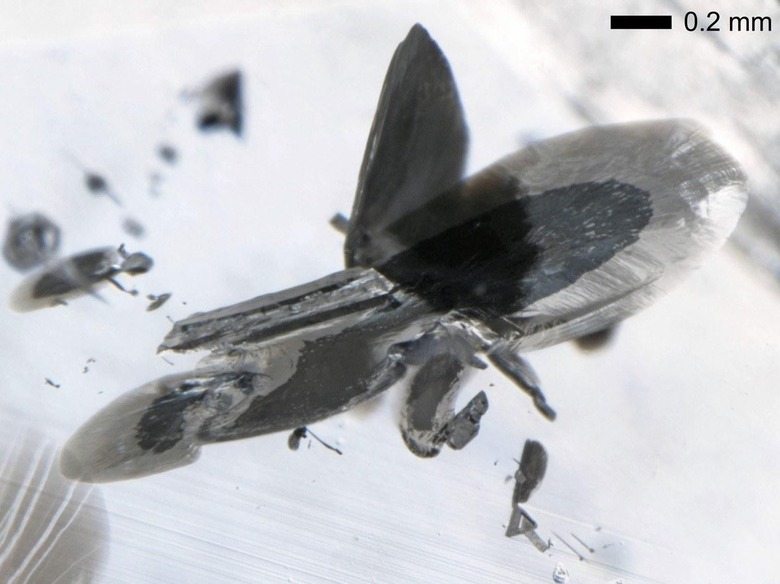Massive Diamonds Clue Scientists In To Mysterious Deep Earth
Diamonds have a lot of monetary value, to be sure, but thanks to the Gemological Institute of America, we're learning today that some of the larger ones can have a lot of scientific value too. A team of Institute scientists lead by diamond geologist Evan Smith set out to find where some of the largest, and therefore rarest, diamonds on Earth come from. The evidence they found ended up being quite surprising.
That's because some of these rare diamonds come from deep within the Earth. Smith tells NPR that they can come from as deep as 200 to 500 miles down. His team also discovered that these diamonds are formed within oxygen-poor patches of liquid metal within Earth's mantle. Those are two pretty big discoveries, because they give us insights into the composition of the mantle – something that is very difficult for scientists on the surface to study.
How did Smith and his team discover this? They actually looked at matter trapped within these massive diamonds to figure out where they came from. Instead of acquiring a whole diamond – which would be prohibitively expensive considering that these large stones are also usually very high quality – the Gemological Institute of America acquired leftovers from when the full diamonds were cut into smaller stones.
In examining eight different shards, Smith and his team discovered the presence of garnet that was formed under high pressure. They also found levels of iron and nickel, but it was what was accompanying those bits of iron and nickel that was truly impressive: fluid methane. Smith told NPR that this was the first time he found methane trapped within a diamond.

It may not be the most thrilling scientific discovery, but it could change what we know about Earth's mantle. The theory up until this point had been that oxygen was present throughout the mantle, but now that we've discovered that these diamonds were created there, that may no longer be the case. Instead, there are (or were) areas that are poor in oxygen, and even if they aren't around anymore, they lasted long enough to create diamonds well below the depth they're usually formed.
This discovery could, ultimately, give us a new window into the evolution of our planet. Obviously, more research will need to be done, but it isn't every day that a discovery can shed new light on how Earth has changed throughout the years.
More detailed information can be found in the paper "Large gem diamonds from metallic liquid in Earth's deep mantle" as written by Evan M. Smith, et. all. This paper can be found under code doi:10.1126/science.aal1303 in the scientific journal Science.
